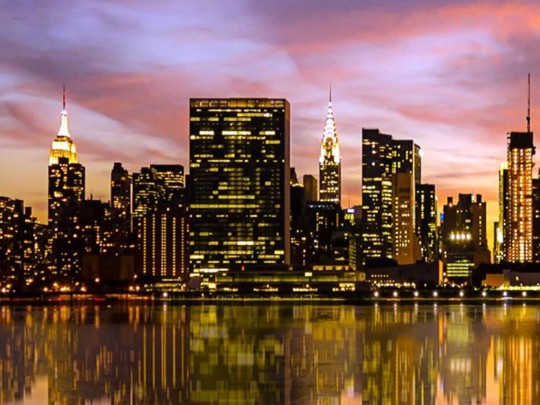Singapore's Coastal Charm: How Architecture Celebrates the Sea

For generations, Singaporeans have lived alongside the sea, and this relationship is evident in the architecture that defines our coastline. Historically, coastal structures relied on locally sourced materials, particularly stone. This wasn't just about aesthetics; it was about survival. Stone offered natural resilience against the harsh elements – the relentless sun, strong winds, and occasional storms. Think of the older fishing villages, built with sturdy stone foundations and walls, designed to withstand the test of time and the power of the ocean.
The use of natural materials like wood and thatch was also common, creating structures that blended seamlessly with the surrounding environment. These traditional methods prioritized functionality and sustainability, minimizing environmental impact. However, as Singapore evolved, so did its coastal architecture. Modern designs incorporate innovative materials like reinforced concrete, steel, and glass, allowing for larger structures and breathtaking panoramic views.
Large windows and open floor plans are now commonplace, designed to maximize the stunning views of the sea. But the focus isn't solely on aesthetics. A growing emphasis on sustainability is driving a new wave of coastal architecture in Singapore. Developers are increasingly adopting eco-friendly practices, such as using renewable energy sources, incorporating rainwater harvesting systems, and employing sustainable building materials. This reflects a broader commitment to protecting Singapore’s precious coastal environment.
Whether it’s a traditional wooden fishing hut, a charming Peranakan shophouse, or a sleek, contemporary seaside villa, the underlying principle remains the same: to create a space that celebrates the beauty and power of the sea. The best examples of Singapore's coastal architecture achieve a delicate balance between human needs and environmental responsibility, creating spaces that are both functional and aesthetically pleasing. The enduring appeal of coastal architecture lies in its ability to connect us to nature and remind us of the timeless allure of the ocean. As Singapore continues to evolve, its coastal architecture will undoubtedly continue to reflect its unique identity and its unwavering commitment to sustainability.
The future of coastal architecture in Singapore is inextricably linked to sustainability. Expect to see even greater adoption of green building technologies, innovative design solutions that minimize environmental impact, and a continued focus on creating spaces that are both beautiful and resilient. Singapore’s coastal architecture is not just about building structures; it’s about building a harmonious relationship with the sea for generations to come.





